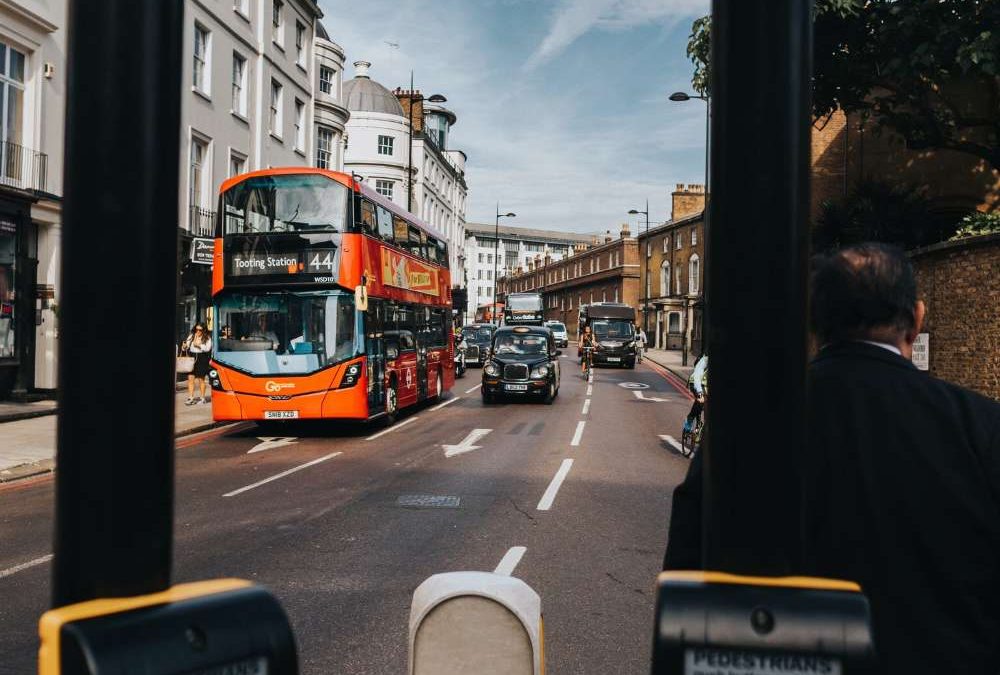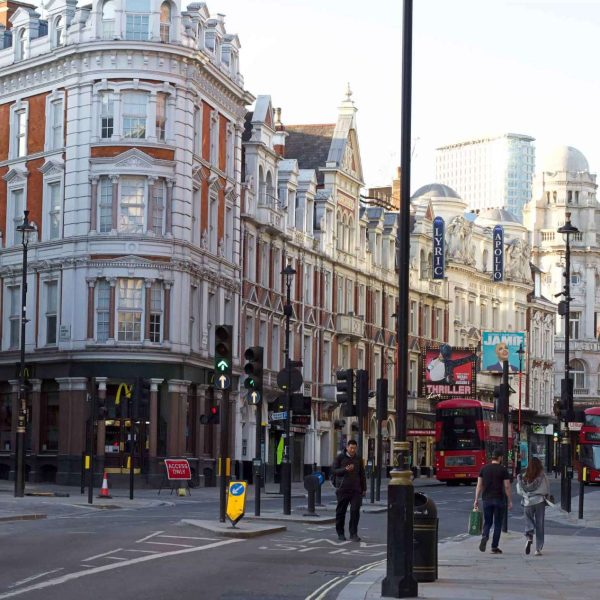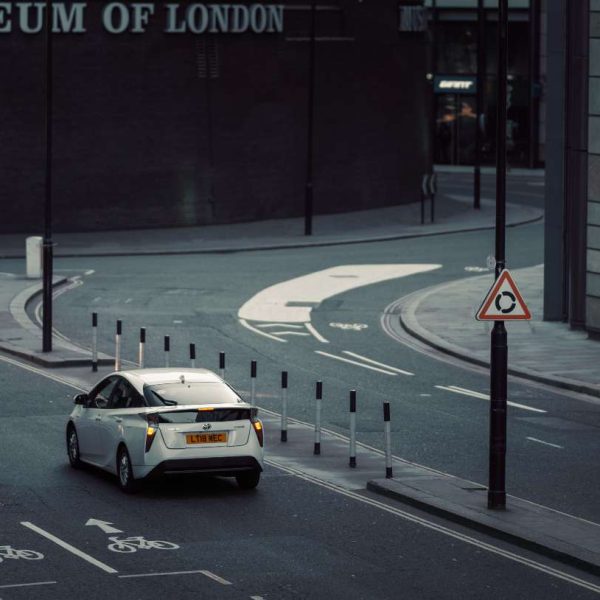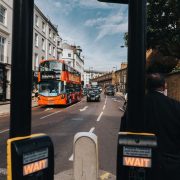Traffic Islands Help Drivers Stay Safe on City Streets
Traffic islands play a critical role in ensuring the safety of drivers and pedestrians on city streets.
These islands, also known as medians, center islands, or refuge islands, are strategically placed in the middle of roads or intersections to aid drivers in navigating busy locations and minimize the likelihood of accidents.
Made from materials such as concrete or asphalt, traffic islands are designed to be highly visible to drivers. Bright colors are often used to make them stand out, and signage or arrows may be added to provide guidance on the preferred direction for drivers. In addition to guiding traffic, these islands can also divide lanes, act as a physical barrier between opposing lanes, and create safe zones for pedestrians to cross.
One of the primary advantages of traffic islands is the increased safety they provide for drivers. By diffusing the flow of traffic and reducing congestion, these islands offer drivers a secure spot to pause and wait for the right moment to maneuver through intersections. This not only helps avoid accidents but also aids in maintaining a smooth traffic flow. Furthermore, the presence of traffic islands lowers the risk of rear-end collisions by effectively separating oncoming lanes of traffic.
Traffic islands are also instrumental in enhancing pedestrian safety. With designated areas for pedestrians to cross, traffic islands significantly reduce the chances of accidents involving pedestrians. By creating a physical barrier between lanes, they contribute to the prevention of head-on collisions and provide a buffer zone for pedestrians to wait while the traffic clears.
In addition to their impact on safety, traffic islands also play a vital role in improving the overall efficiency of transportation systems. By facilitating smoother traffic flow, these islands alleviate congestion, which is a common problem in busy urban areas. When drivers have a designated space to wait for clear passage, the likelihood of gridlock decreases, allowing traffic to move more freely.
It is worth noting that the proper utilization and maintenance of traffic islands are crucial for ensuring their effectiveness. Regular inspections should be conducted to assess the condition of the islands and their signage, ensuring they remain clearly visible to drivers. Appropriate markings and lighting are also important to enhance visibility, especially during nighttime or adverse weather conditions.
Moreover, in some cases, traffic islands may require periodic adjustments to accommodate changes in traffic patterns or the need for pedestrian access. Close collaboration between urban planners, traffic engineers, and transportation authorities is necessary to ensure that traffic islands continue to fulfill their intended purpose and adapt to the evolving needs of a growing city.
In conclusion, traffic islands are essential elements of road design aimed at enhancing driver safety on city streets. By providing designated areas for drivers to navigate busy intersections and reducing the risk of accidents, traffic islands contribute to the overall well-being of urban transportation systems. Whether it is their ability to improve traffic flow, safeguard pedestrians, or create physical barriers between opposing lanes, traffic islands serve as crucial tools in creating safer and more efficient streets.
















